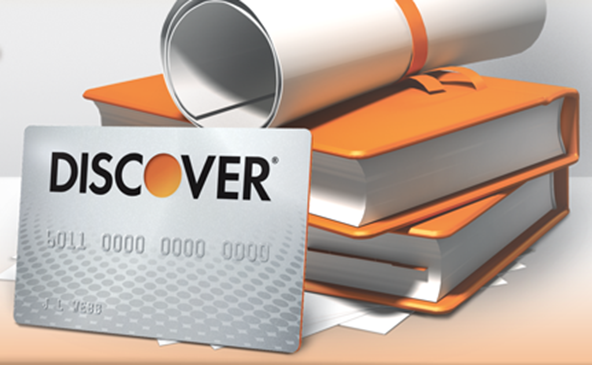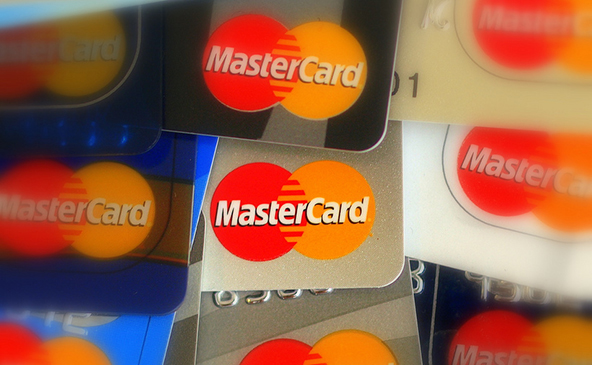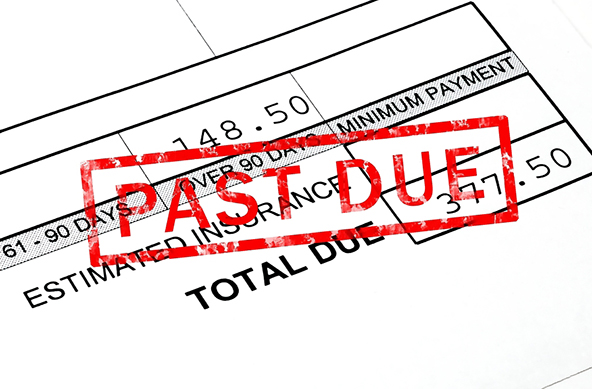10 Suspicious E-Commerce Transaction Characteristics

Fraudulent e-commerce transactions typically display certain high risk characteristics. Merchants should be able to identify these features and use them as trigger points for a more detailed examination of the transaction information to determine whether the payment should be processed or not. By itself, each one of these high risk characteristics is rarely a clear signal of fraud. If, however, a transaction displays several of them, there is a good chance that it is fraudulent.
Your fraud prevention process should be designed to identify and alert you each time one of the following 10 high risk characteristics is present in an e-commerce transaction:
- First-time customer. Criminals can use stolen cards for a very short time, so they are always looking for new victims. Of course you will want just as many new customers as you can get but it is a good idea to pay closer attention to their first orders.
- Large orders. Orders with larger-than-normal amounts should too be examined closely. Criminals will try to maximize the potential of the stolen card by buying as much as they can before the account is closed. They can do that by purchasing multiple items at once or by purchasing big-ticket items.
- Big-ticket orders. As described above, big-ticket items conveniently achieve the criminal’s goal of maximizing the profit from a stolen card.
- Orders for several identical items. Such purchases may too be the result of a criminal’s attempt to utilize the card’s full potential before the account is closed. As they typically don’t make purchases for personal use but for resale, fraudsters don’t care what it is that they are buying, but how quickly they can flip it.
- Overnight delivery. Criminals do not much care about shipping costs, because they are not paying for them, so they are likely to forgo a free delivery option in order to get the merchandise as soon as possible.
- International shipping addresses. A substantial number of fraudulent e-commerce transactions are shipped to international addresses and you should carefully examine such orders before fulfilling them. Be advised that the Address Verification Service (AVS) can only be used to confirm addresses in the U.S., unless the card issuer supports international AVS (unfortunately, international AVS is not currently widely supported by issuers). If you request verification for an address outside of the U.S., you will receive a response “G” for “Global” In such cases, you will be liable for any chargebacks even if you receive authorization approval from the issuer.
- Transactions involving similar card account numbers. Software that generates card account information is in wide circulation and is often used by criminals. Account numbers generated in such fashion are often similar and your fraud prevention system should be designed to identify these similarities and alert you when it detects them.
- Orders from several cards with the same billing address. Multiple transactions involving cards with the same billing address may indicate that criminals are using several stolen cards at once. They may have stolen a wallet or may have fraudulently obtained information for multiple credit card account holders from a computer used by several residents of the same household.
- Multiple card transaction over a short time. Placing multiple transactions in quick succession may indicate that criminals are trying to max out a stolen card’s credit line as quickly as they can, before they get caught.
- Multiple shipping addresses. If several orders are placed using one card but with several shipping addresses, it may be a sign of organized fraudulent activity, rather than the work of a single criminal. In any case, having deliveries sent to different shipping addresses is not at all a typical consumer behavior and you should investigate such transactions.
Image credit: Newerabank.com.



Hi
Where do you get these characteristics from ? Are they from a credible source ? If so , can I have the source name ? I am doing a project regarding credit card frauds.
Hello,
The information comes from Visa and MasterCard.
Thanks a lot !
Are there any websites or references from Visa and MasterCard that you get these characteristics from? Can you list them down if you have ?
Thanks in advance if you have :)
Cheers
Hello,
There are plenty of industry resources you can turn to. For example, you can take a look at MasterCard’s Merchant Acceptance Guide and Visa’s E-Commerce Merchant Guide to Risk Management.
Is there a law that a payment processor like yourself or paypal or wcharge.com or authorize.net have to provide refund capabilities to their merchants?
I am not aware of a law mandating that processors should provide merchants with refund capabilities, but it is something required by industry regulations.
One of the best way of recovering from such an incident, if it happens to your store is to get Insurance. I do not know that there are any organization operating that works for such stores to provide them more security in such kind of incident.